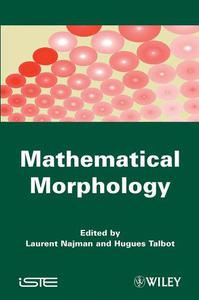 Mathematical Morphology: From Theory to Applications By Laurent Najman, Hugues Talbot (eds.)
Mathematical Morphology: From Theory to Applications By Laurent Najman, Hugues Talbot (eds.)2010 | 507 Pages | ISBN: 1848212151 | PDF | 15 MB
Mathematical Morphology allows for the analysis and processing of geometrical structures using techniques based on the fields of set theory, lattice theory, topology, and random functions. It is the basis of morphological image processing, and finds applications in fields including digital image processing (DSP), as well as areas for graphs, surface meshes, solids, and other spatial structures. This book presents an up-to-date treatment of mathematical morphology, based on the three pillars that made it an important field of theoretical work and practical application: a solid theoretical foundation, a large body of applications and an efficient implementation.The book is divided into five parts and includes 20 chapters. The five parts are structured as follows:Part I sets out the fundamental aspects of the discipline, starting with a general introduction, followed by two more theory-focused chapters, one addressing its mathematical structure and including an updated formalism, which is the result of several decades of work.Part II extends this formalism to some non-deterministic aspects of the theory, in particular detailing links with other disciplines such as stereology, geostatistics and fuzzy logic.Part III addresses the theory of morphological filtering and segmentation, featuring modern connected approaches, from both theoretical and practical aspects.Part IV features practical aspects of mathematical morphology, in particular how to deal with color and multivariate data, links to discrete geometry and topology, and some algorithmic aspects; without which applications would be impossible.Part V showcases all the previously noted fields of work through a sample of interesting, representative and varied applications.Content: Chapter 1 Introduction to Mathematical Morphology (pages 1-33): Laurent Najman and Hugues TalbotChapter 2 Algebraic Foundations of Morphology (pages 35-80): Christian Ronse and Jean SerraChapter 3 Watersheds in Discrete Spaces (pages 81-107): Gilles Bertrand, Michel Couprie, Jean Cousty and Laurent NajmanChapter 4 An Introduction to Measurement Theory for Image Analysis (pages 109-131): Hugues Talbot, Jean Serra and Laurent NajmanChapter 5 Stochastic Methods (pages 133-153): Christian LantuejoulChapter 6 Fuzzy Sets and Mathematical Morphology (pages 155-176): Isabelle BlochChapter 7 Connected Operators based on Tree Pruning Strategies (pages 177-198): Philippe SalembierChapter 8 Levelings (pages 199-228): Jean Serra, Corinne Vachier and Fernand MeyerChapter 9 Segmentation, Minimum Spanning Tree and Hierarchies (pages 229-261): Fernand Meyer and Laurent NajmanChapter 10 Distance, Granulometry and Skeleton (pages 263-289): Michel Couprie and Hugues TalbotChapter 11 Color and Multivariate Images (pages 291-321): Jesus Angulo and Jocelyn ChanussotChapter 12 Algorithms for Mathematical Morphology (pages 323-353): Thierry Geraud, Hugues Talbot and Marc Van DroogenbroeckChapter 13 Diatom Identification with Mathematical Morphology (pages 355-365): Michael Wilkinson, Erik Urbach, Andre Jalba and Jos RoerdinkChapter 14 Spatio?Temporal Cardiac Segmentation (pages 367-373): Jean Cousty, Laurent Najman and Michel CouprieChapter 15 3D Angiographic Image Segmentation (pages 375-383): Benoit Naegel, Nicolas Passat and Christian RonseChapter 16 Compression (pages 385-391): Beatriz Marcotegui and Philippe SalembierChapter 17 Satellite Imagery and Digital Elevation Models (pages 393-405): Pierre SoilleChapter 18 Document Image Applications (pages 407-420): Dan Bloomberg and Luc VincentChapter 19 Analysis and Modeling of 3D Microstructures (pages 421-444): Dominique JeulinChapter 20 Random Spreads and Forest Fires (pages 445-455): Jean Serra
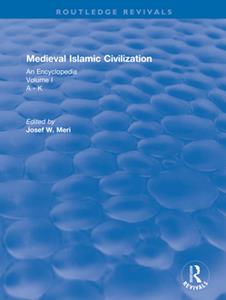


![S.T.A.L.K.E.R. 2 / STALKER 2: Heart of Chornobyl - Ultimate Edition (2024) [+UPDATE 23.12.2024 - v1.1.3] ElAmigos / Polska wersja językowa](https://i.postimg.cc/Zqd8RWGY/UZG8PBE.jpg)



































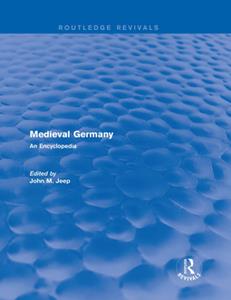
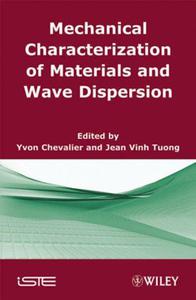
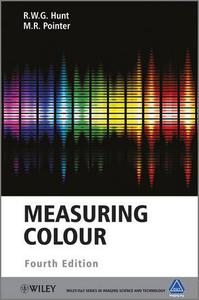

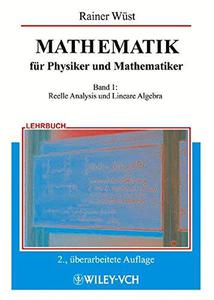


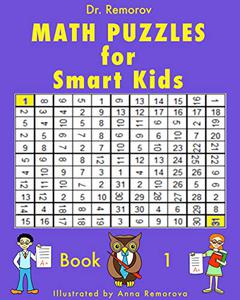
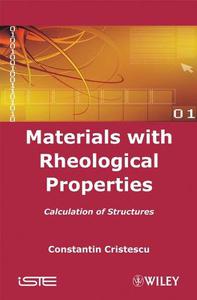







![David Gilmour - Luck and Strange (2024) [FLAC]](https://i.imgur.com/everaBc.jpeg)
![Męskie Granie Orkiestra - Męskie Granie 2024 (2024) [FLAC]](https://i.imgur.com/FAyOxrM.jpeg)
![The Rolling Stones - Hackney Diamonds (2023) [FLAC]](https://i.imgur.com/wCkyyUN.jpg)
![Lady Gaga - Harlequin (2024) [FLAC]](https://i.imgur.com/dcgIA8D.jpeg)
![Natalia Kukulska - Dobrostan (2024) [FLAC]](https://i.imgur.com/bdljG3O.jpeg)
![Kaśka Sochacka - Ta druga (2024) [FLAC]](https://i.imgur.com/hORQKvn.jpeg)
![Kuba Sienkiewicz - Pani Bóg (2024) [FLAC]](https://i.imgur.com/qijCx8Z.jpeg)
![Lanberry - Heca (2024) [FLAC]](https://i.imgur.com/8P7QfeR.jpeg)
![Sara James - PLAYHOUSE (2024) [FLAC]](https://i.imgur.com/m4f8OKg.jpeg)
![Grzegorz Hyży - EPILOG (2024) [FLAC]](https://i.imgur.com/8DA2sBr.jpeg)
![Myslovitz - WIECZORAMI CHŁOPCY WYCHODZĄ NA ULICE (2024) [FLAC]](https://i.imgur.com/l9mMtIG.jpeg)
![Krzysztof Zalewski - ZGŁOWY (2024) [FLAC]](https://i.imgur.com/vh48RAc.jpeg)
![Krzysztof Cugowski - Wiek to tylko liczba (2024) [FLAC]](https://i.imgur.com/SBzgqe2.jpeg)
![Nosowska - Kasia i Błażej (2024) [FLAC]](https://i.imgur.com/mObvVXQ.jpeg)
![sanah - Pianinkowe Kaprysy (2024) [FLAC]](https://i.imgur.com/pVjjPAa.jpeg)
![Kwiat Jabłoni - Pokaz slajdów (2023) [FLAC]](https://i.imgur.com/diERHfZ.jpg)
![Robert Cichy - Spacer po Warszawie (2024) [FLAC]](https://i.imgur.com/ixleU9o.jpeg)
![Viki Gabor - Terminal 3 (2024) [FLAC]](https://i.imgur.com/Q1KCnDs.jpeg)
![Sanah - Kaprysy (2024) [FLAC]](https://i.imgur.com/71OZm4h.jpeg)
![Męskie Granie Orkiestra - Męskie Granie 2023 (2023) [FLAC]](https://i.imgur.com/U4YHo8d.jpg)




